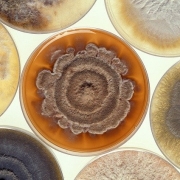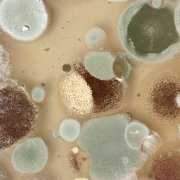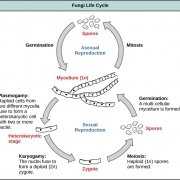Rot, Mold and Termites: How to Keep Them Away from your Home by Keeping it Dry
It’s happened to nearly all of us: that sinking feeling when you realize your basement is soaked. Sometimes you just get a damp corner caused by gradual damage. Other times the whole basement can be filled with water from an unexpected event, like a broken pipe, or a weather event. Whether your basement is filling with water or other gross options, it is a devastating experience. And time to call your insurance company?
The Damage Water Can Do to Your Home
Rot, mold and termites all originate from one source: a wet home. If your walls, ceilings or floors stay wet, molds and mosses quickly move in. Next up: the bugs and spiders. Termite queens will appreciate your hospitality as they begin to make your home dinner for themselves — and a few million offspring.
Water entry can show up in more ways than you can imagine. Sometimes it comes directly from the roof, from a leak or an ice dam; sometimes it comes from poorly sealed dormer windows, and sometimes it’s caused by critters in the attic. More often, water comes in through window wells and cracks in the foundation. That’s a biggie, but let’s not forget those valves and traps beneath all your sinks. They can leak as well.
Do Your Repairs in the Spring and Summer
Get on your roof while it’s warm. If you are squeamish about heights, hire a contractor. Either way, focus on the important potentials for water damage.
Ice Dams
It leaks here every year, all winter long. Just use the phrase “ice dam” and watch homeowners’ eyes glaze over. Ice dams happen where roof slopes come together or where roof slopes flatten out. They’re super hard on shingles, and when they happen, you’ve got water in your home. Say hello to rot, mold and termites. Ice melt tape is a good investment to avoid this problem in advance.
Missing or Damaged Shingles
You can count on a leak if ice dams have torn your shingles. In addition, the sun hits the south and west slopes harder, and heavy winds take a toll. Many attics are not perfectly vented. And, sometimes nature creates the drama.
Get on the roof and check out your shingles, or have someone else do it. If your shingles are aging, now is the time to get things fixed.
Clogged Gutters
If your gutters are full of leaves, pine needles, animal droppings and weeds, it’s not going to drain water. When water doesn’t drain safely away, it creates ice dams, icicles, overflows into the window well, gutter collapse and avalanches. If your gutter fills with ice, it weighs hundreds of pounds and can easily fall. Avoid disaster to your home and family. lean out your gutters or hire someone to handle it for you.
Drainage toward the Foundation
Where do you think the water from that drain is going to go?
Most home inspectors quickly learn there is one item they can write up at almost every home: drainage toward the foundation. It also has a close cousin called drainage toward the window well. If you’re a home inspector and you can’t find anything else, you can always prove you were there by writing those two items in the inspection report.
We’ve all experienced basement water entry, and some of us have seen pools of water in crawl spaces deep enough to keep fish alive. What happens next? Bingo! Rot, mold, termites, spiders and, yes, structural settlement.
If this sounds unpleasant to you, then recognize that concrete is not waterproof. You can rely on tar to make your foundation waterproof, or you can use voodoo. In the long run, both methods work about as well. This inspector’s adage? The best way to know that the inside of your foundation is dry is to know the outside is dry.
Here’s the defense against the dark arts of drainage:
- Drain surface water away from your foundation using a “positive” (away from the foundation) surface slope.
- Don’t spray the house with your sprinklers.
- Use drain tubes to force roof drainage well away from your foundation.
It’s the trifecta against a tyranny of terror.
Protect your home and family this winter. It may not cause all of your dreams to come true, but at least it will protect against a few of the nightmares.
By Garth Haslem, KSL.com Contributor
Reprinted in full from www.KSL.com.
About the Author: Garth Haslem
Garth is a home inspector, podcaster, broadcaster and long-time contributor for KSL.com. He also works to protect families as The Home Medic at HomeMedicWorld.com and can also be found at CrossroadsEngineers.com. Listen for Garth soon at BYU Radio, Sirius channel 143.


 Mold growing in petri dishes
Mold growing in petri dishes 
 ©Lyudmila Suvorova/Shutterstock
©Lyudmila Suvorova/Shutterstock  © biology.gatech.edu
© biology.gatech.edu 



